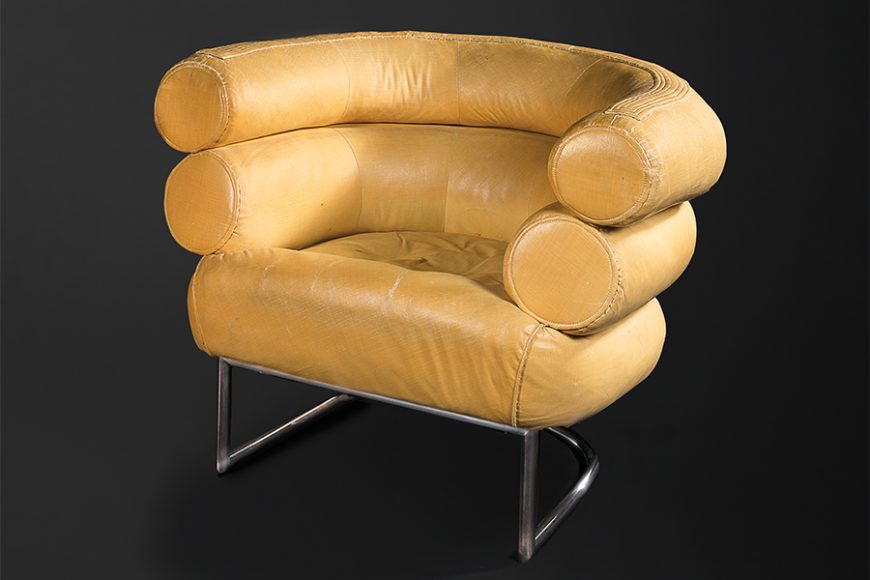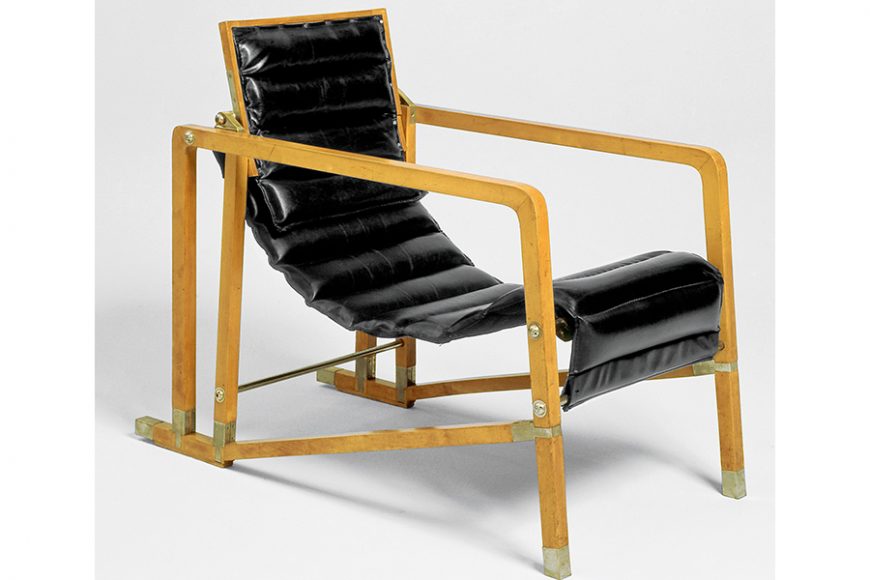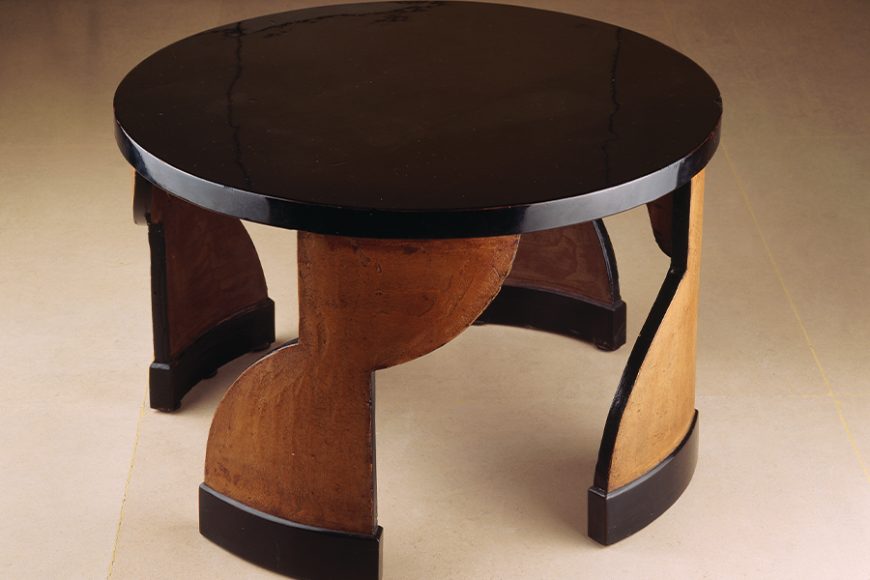Have you heard of Eileen Gray?
If you’re not a design fanatic, then the answer is likely “no.”
An exhibition coming soon to the Bard Graduate Center Gallery in Manhattan — a (perhaps) under-the-radar destination for routinely impressive exhibitions on design history, the decorative arts and culture — will certainly raise the profile of the late Modernist architect and designer, who rose to fame in the 1920s.
“Eileen Gray: Crossing Borders” will feature numerous works not exhibited publicly before, along with new research, when it opens Feb. 29.
The first in-depth exhibition in America on the iconic Gray (1878-1976) has been organized in collaboration with Centre National d’Art et de Culture Georges Pompidou.
In addition to Gray’s noted designs as an architect and designer, the exhibition will also further explore her creativity by examining her work as a painter and photographer.
The exhibition is being curated by Cloé Pitiot, curator at the Musée des Arts Décoratifs in Paris, and expands on the Centre Pompidou’s 2013 retrospective of Gray’s work, also curated by Pitiot.
IN THE GALLERIES
“Eileen Gray: Crossing Borders” is set to include nearly 200 works that, advance materials share, “give new insights into Gray’s contributions as one of the leading avant-garde designers and artists of the 20th century.”
It will be organized into five sections, each devoted to different stages in Gray’s career that yielded famed designs, including the “Dragons” armchair, Bibendum Chair and E-1027 Table, a version of the last sold today through the MoMA Design Store.
“The Early Years” will open the Bard exhibition, exploring the Irish-born woman’s student years as a painter at the Slade School in London to her relocation to Paris, where she found greater freedom as a female artist and would go on to move in the city’s most avant-garde circles.
The exhibition will then examine “Galerie Jean Désert, Paris,” which Gray both owned and directed in Paris from 1922 to 1930. It was a period when she would create some of her most important interiors. (Despite the relative freedom of Paris, it’s notable that Gray would name the gallery under a male pseudonym). There, she would sell her artwork as well as showcase her furnishings, which were the start of her professional design career. In this section, advance materials share, there will be a “recently discovered drawing by Gray of her vision for the well-known Boudoir de Monte Carlo (1923) with Gray’s handwritten notes on the (design fair) project, furniture made for the collectors Jacques Doucet and Madame Mathieu Lévy, and a recreation of the façade of Galerie Jean Désert, as well as Gray’s abstract paintings, drawings, and photographs of the projects she worked on during this period.”
The exhibition will continue with “Collaboration with Jean Badovici,” which will explore Gray’s work with the French-Romanian architect. They teamed together on innovative projects, including the Renaudin family home (1925) and Badovici’s own home and studio (1927-31). Also explored will be their work on Architecture Vivant, which we’re told was “one of the first magazines exclusively devoted to modern architecture and the influence of De Stijl, the avant-garde Dutch design movement.”
“Villa E-1027” is the topic of the following section, devoted to perhaps Gray’s most notable project. The now-iconic work of Modern architecture is a villa above the Mediterranean Sea in France’s Roquebrune-
Cap-Martin, its story told through photographs, film,
a model and original rugs and lighting.
Finally, “Architectural and Interior Projects” will trace the trajectory of Gray’s career through key works, including Tempe à Pailla (1931-34), the house she designed for herself in Menton, France. It will also look at the Camping Tent (1931), a socially driven project that proposed an economical home, along with other high-profile works that cemented Gray’s reputation.
A catalog, published by Bard Graduate Center and Yale University Press, will accompany the exhibition.
As part of the exhibition, Bard Graduate Center will also produce a film based on an unreleased interview with Gray, with excerpts to be included in the exhibition. The film, directed by French filmmaker Michael Pitiot and prepared for the screen by Philippe Garner and Cloé Pitiot, is expected to debut soon after “Eileen Gray: Crossing Borders” opens.
“Eileen Gray: Crossing Borders” will open Feb. 29 and continue through July 10 at the Bard Graduate Center Gallery, 18 W. 86 St., Manhattan. For more, visit bgc.bard.edu.




